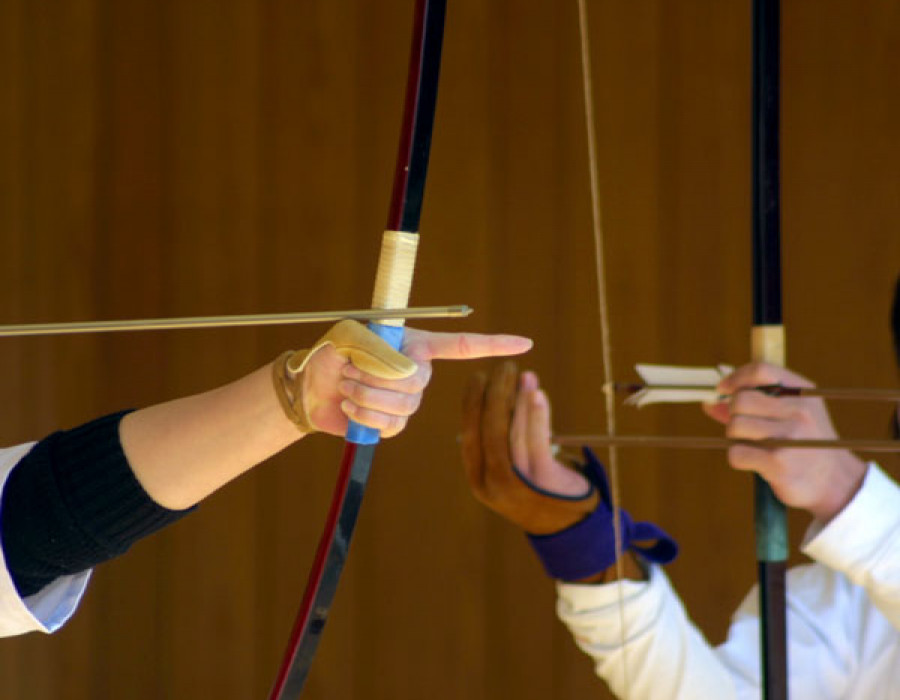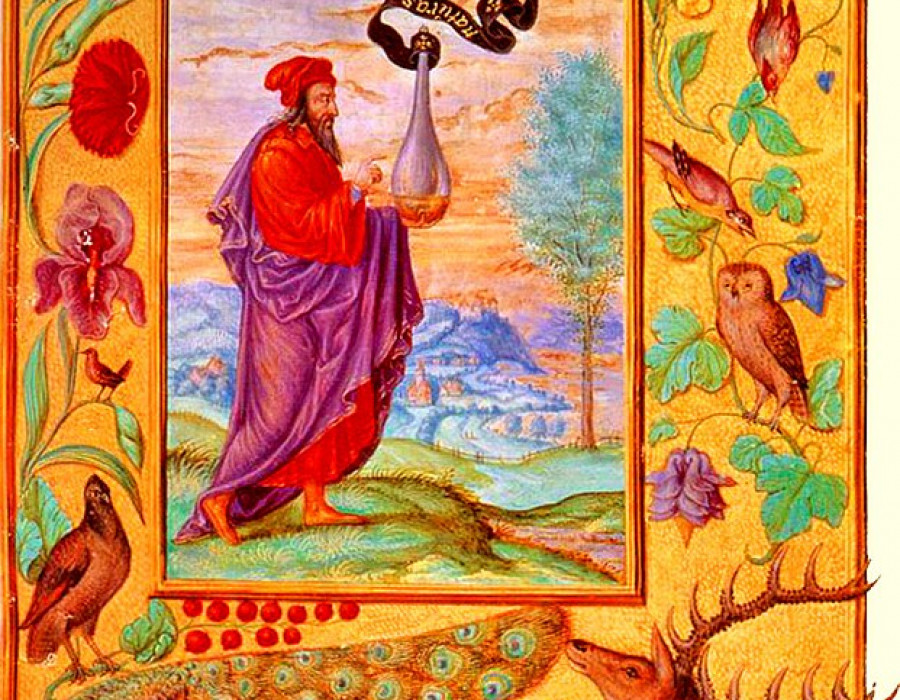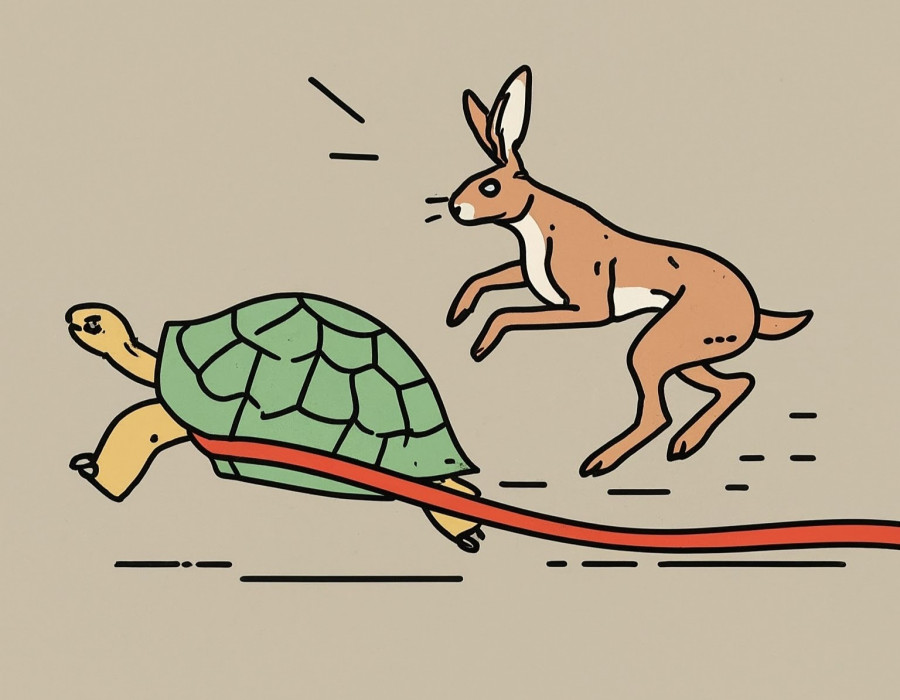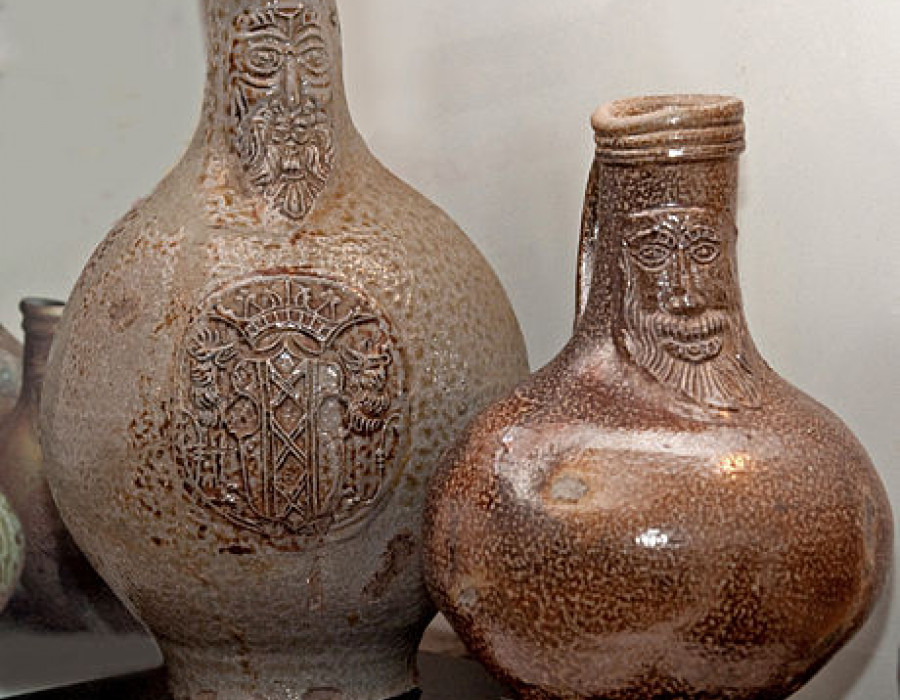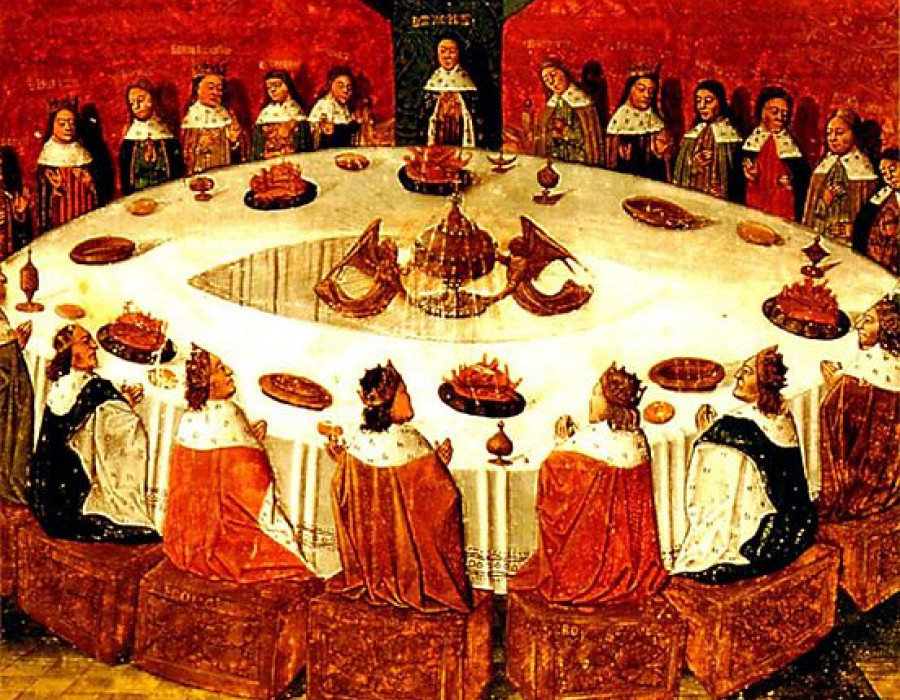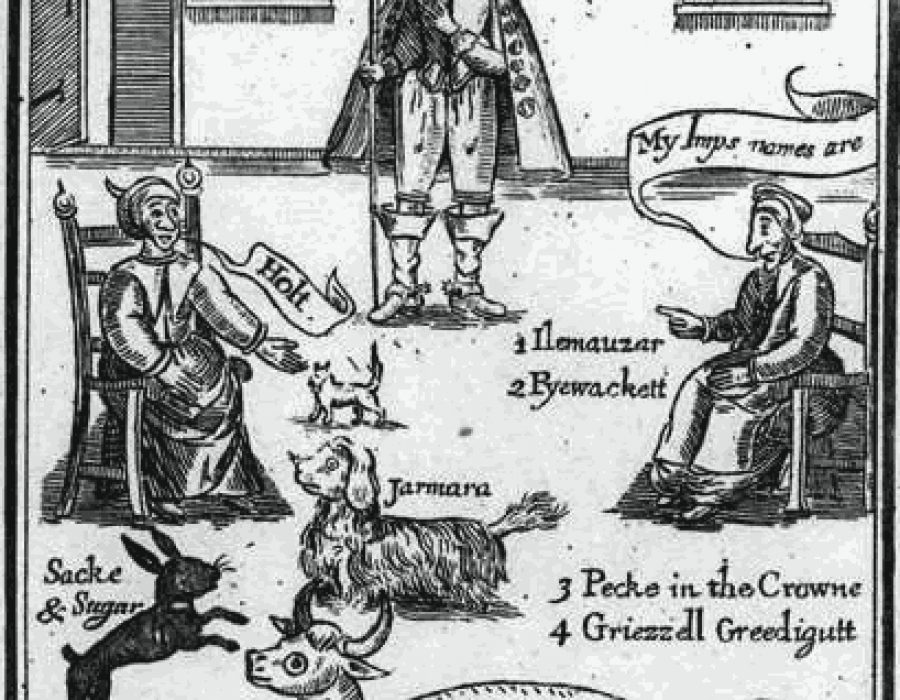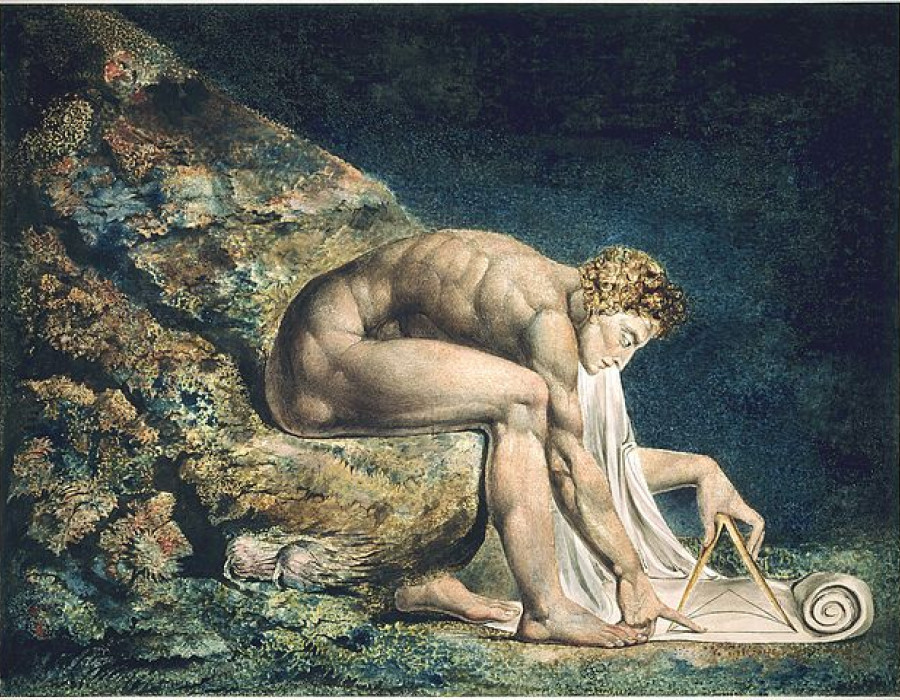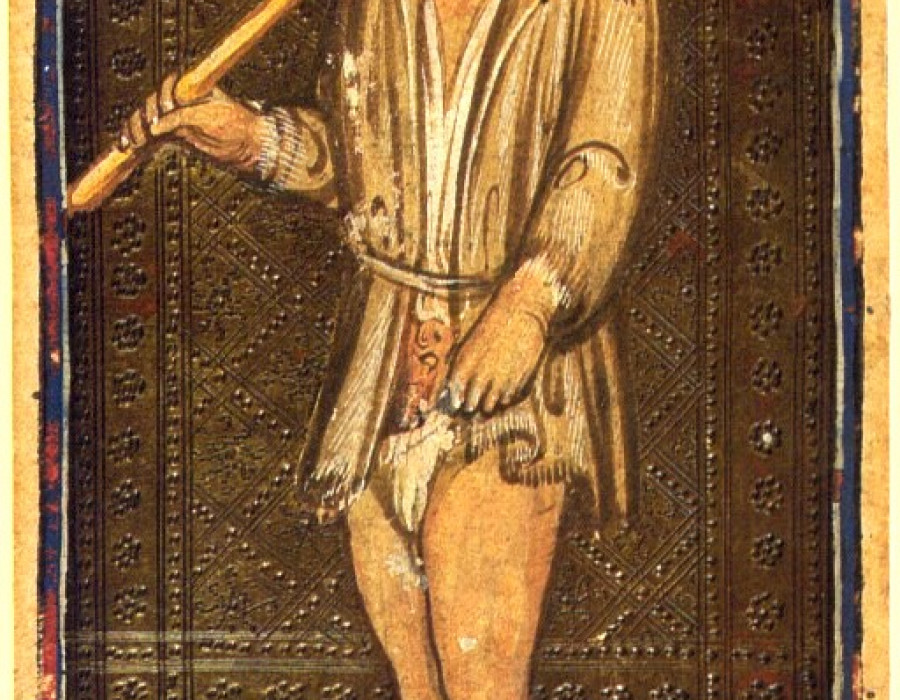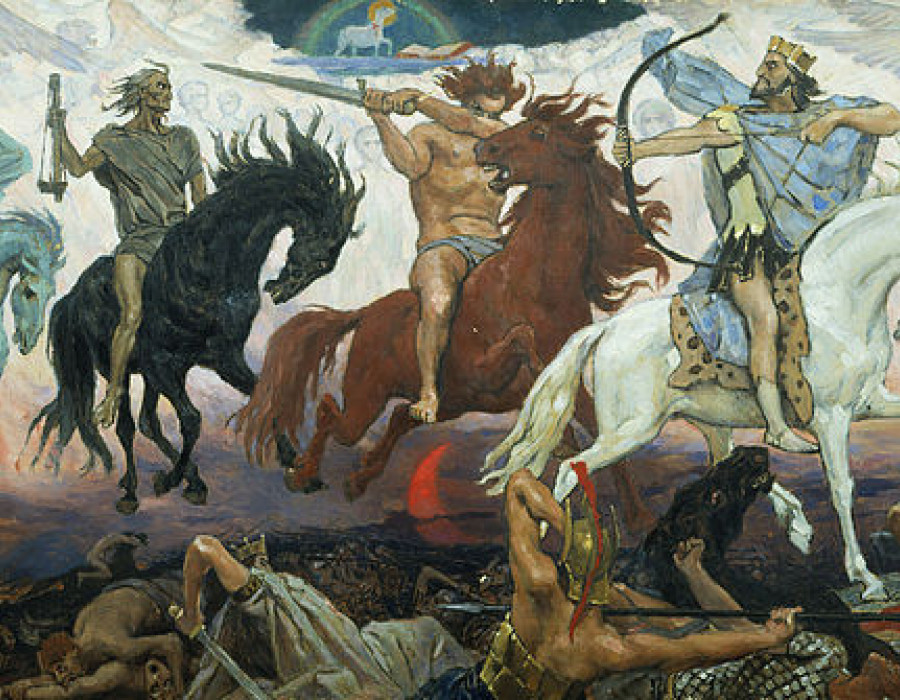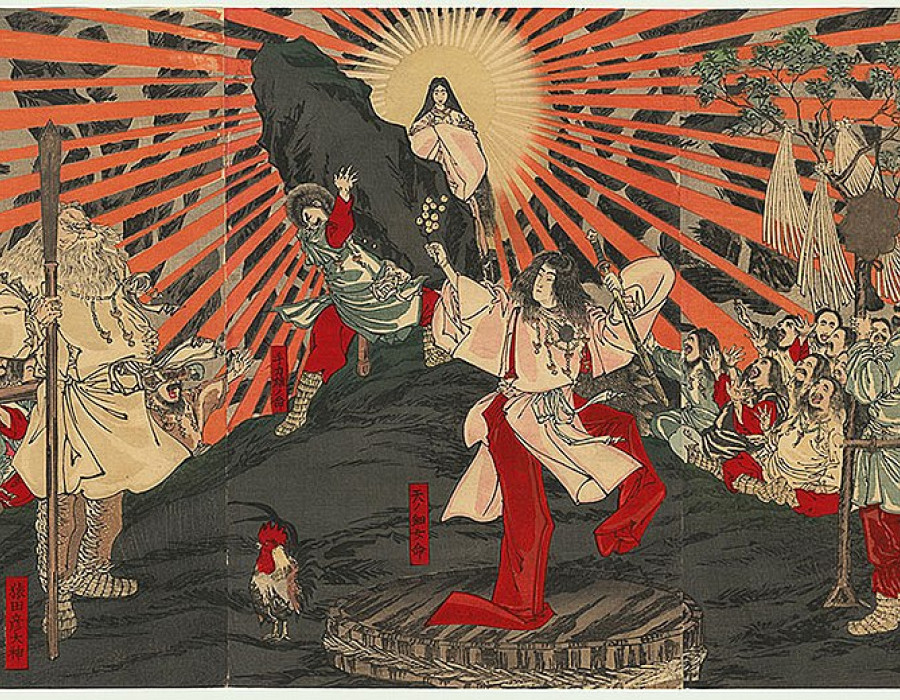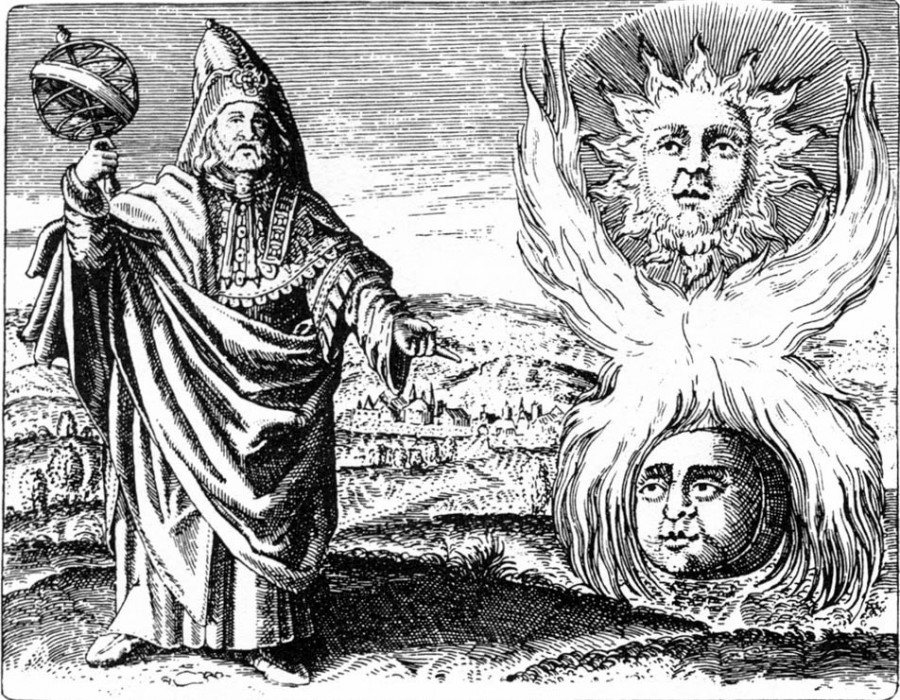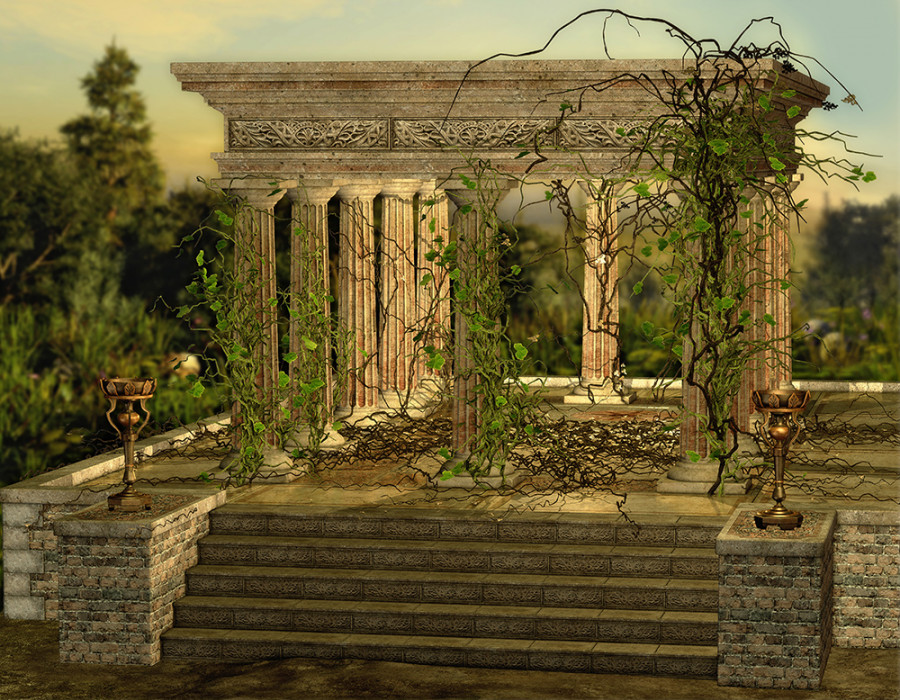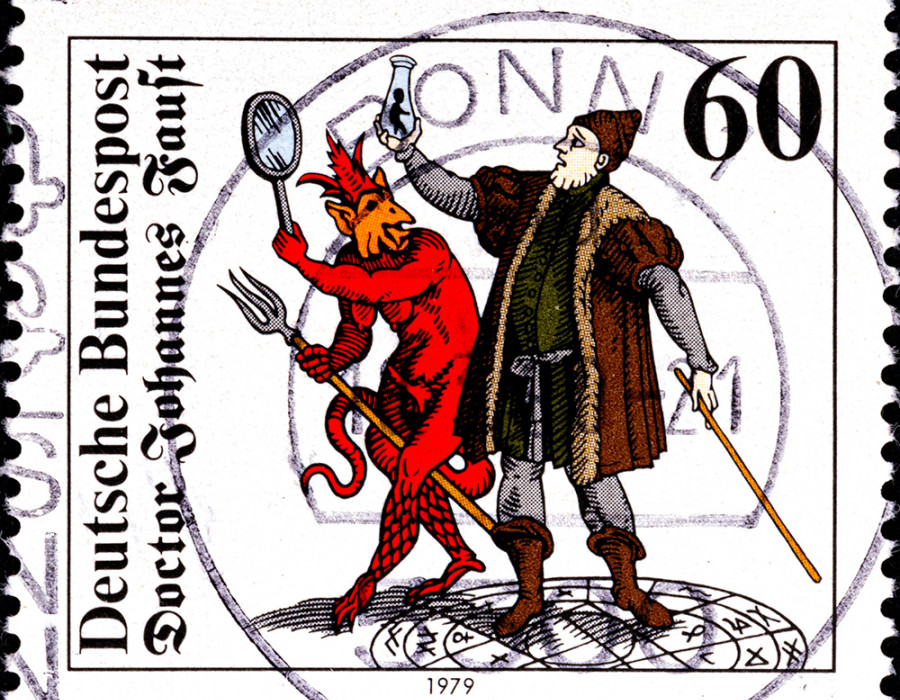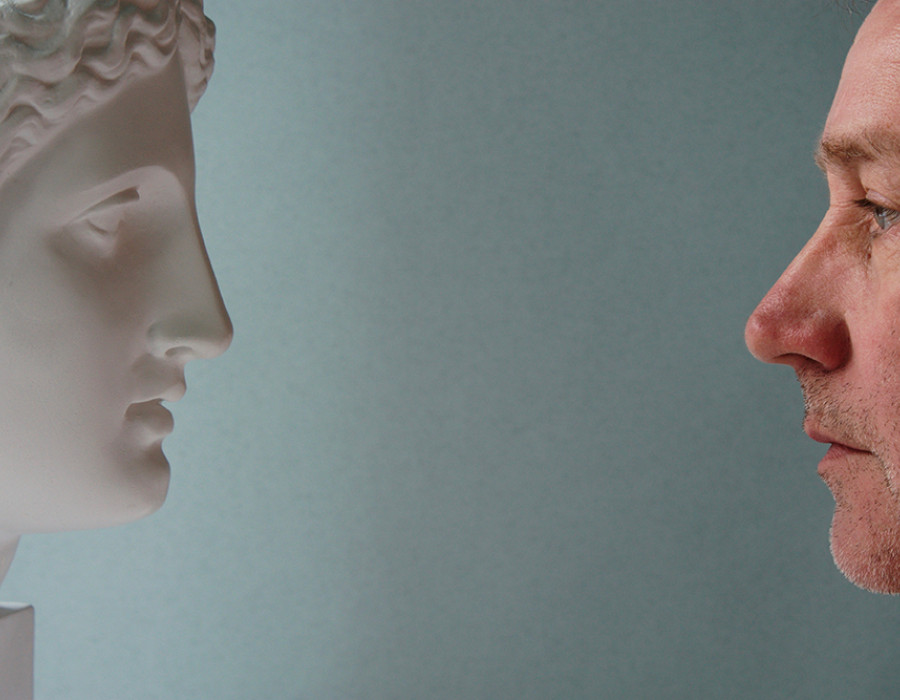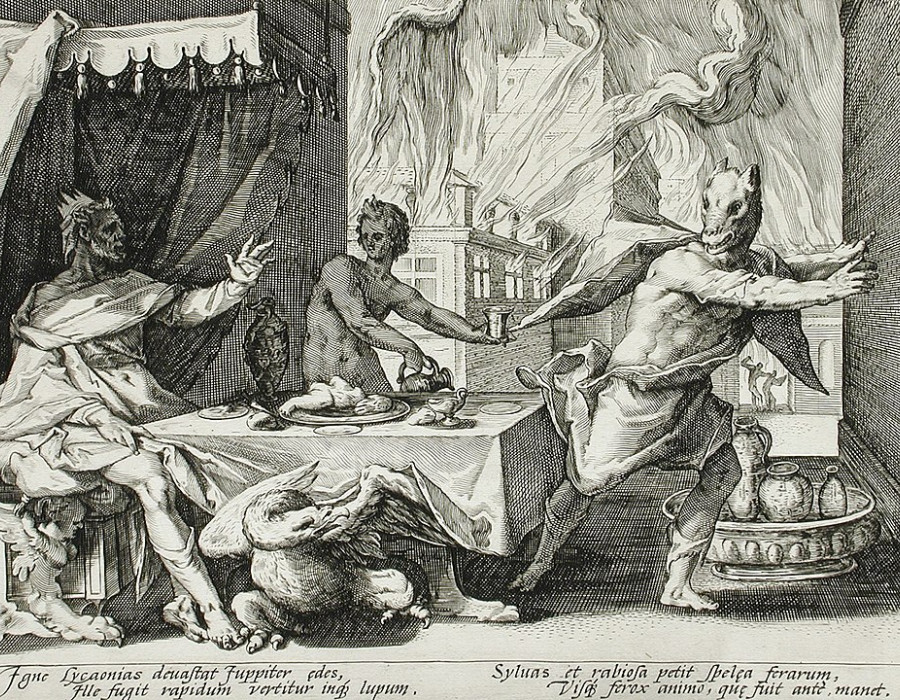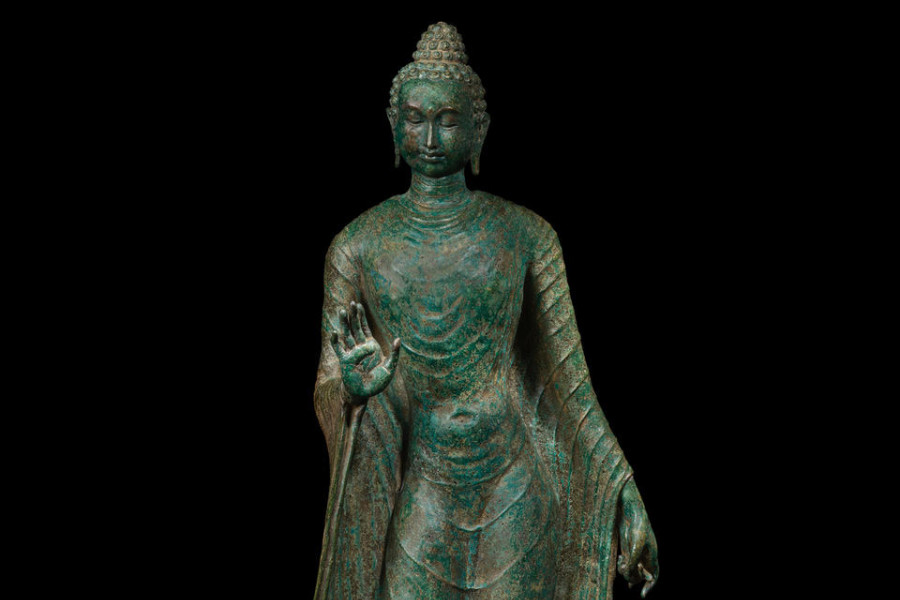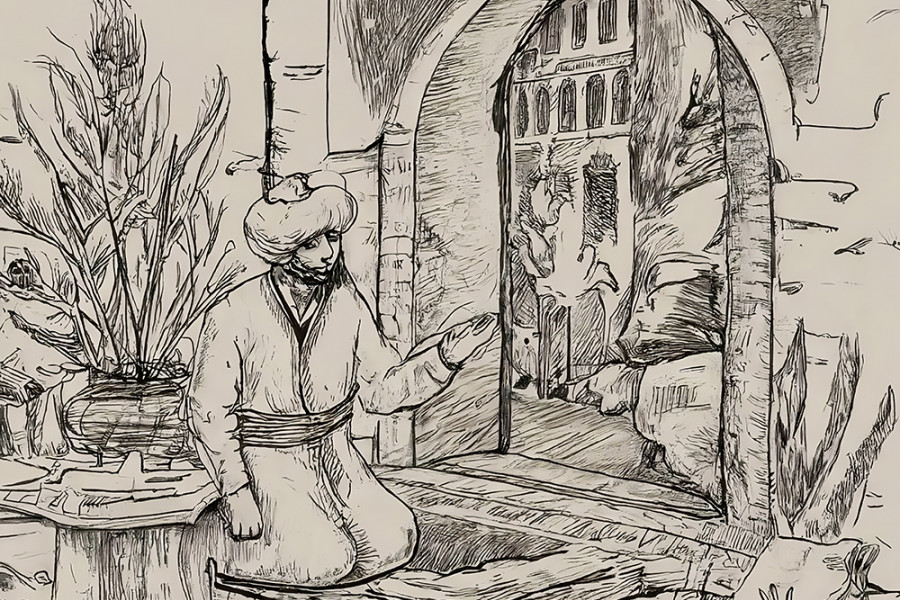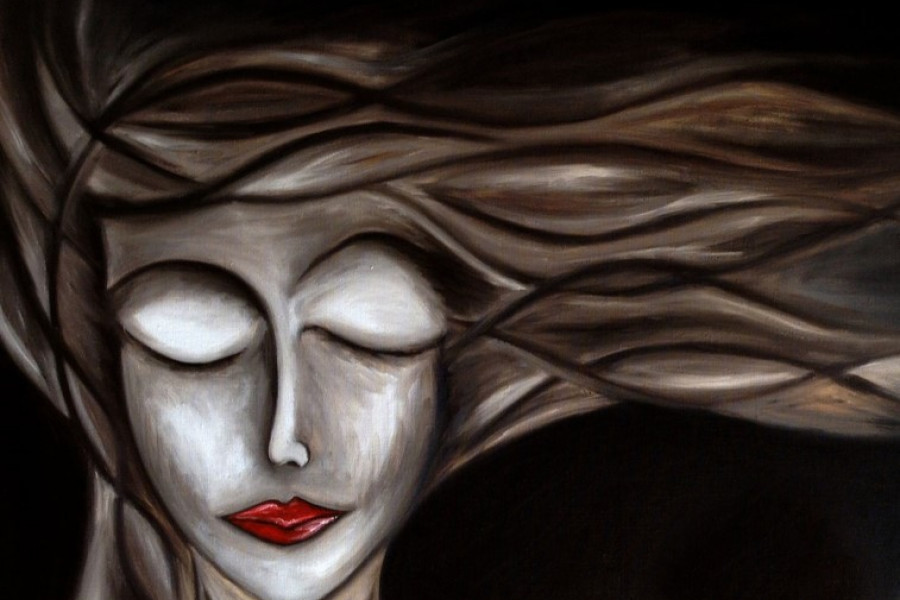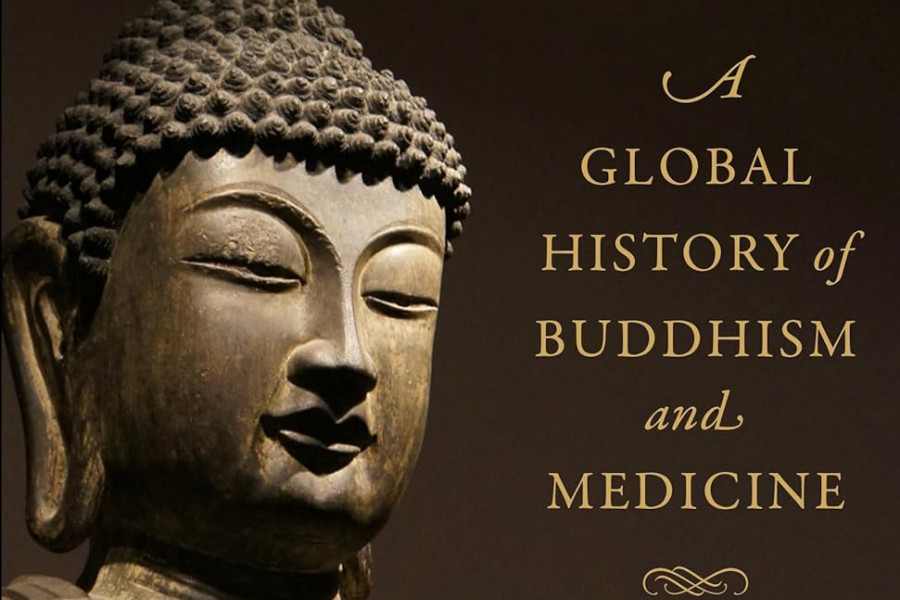
Martin Goodson
The Stoppered Vessel
The transformation of energies from poison to medicine takes place using containment a magical process that is mirrored in the uses of the magic vessel.
.jpg)
Two 17th-century German jugs… By Hadley Paul Garland from El Paso, USA - BartmenUploaded by Marcus Cyron,
The next motif concerns the use of witch bottles. This practice was imported from the continent in the seventeenth century to counter curses and bewitchment laid on a person or an animal by a wizard or a witch. In his article on the subject in the Folklore Society’s journal for March 1955, Ralph Merrifield gives the instructions for their making. He describes how the bottle was made using a jar or bottle, within which the victim’s urine was placed, along with iron nails, bent pins and sometimes nail parings. The mouth of the bottle was stoppered tight and the whole thing placed either over a hot fire or buried in the ground. The heating of the contents was thought to cause agony to the malefactor who would then be coerced to remove the bewitchment. The principle of using the victim’s urine is explained later in the article by Joseph Blagrave using an extract from his book Astrological Practice of Physick published in 1671:
The reason… is because there is part of the vital spirit of the witch in it, for such is the subtlety of the Devil, that he will not suffer the witch to infuse any poysonous (sic) matter into the body of man or beasts, without some of the witche’s blood mingled with it.
This motif of containing a malignant spirit in a container of some sort, using heat or warmth and thereby producing some kind of transformation can be found elsewhere in folkloric literature. In an article entitled ‘The Black Magic in China known as Ku’ published in the American Oriental Society’s Journal in March 1935, HY Feng & JK Shryrock give an account of the following magical formula:
' Ku poison is not found generally among the people (i.e. the Chinese), but is used by the T’ung women. It is said that on the fifth day of the fifth month, they go to a mountain stream and spread new clothes and headgear on the ground, with a bowl of water beside them. The women dance and sing naked, inviting a visit from the King of Medicine (a tutelary spirit). They wait until snakes, lizards, and poisonous insects come to bathe in the bowl. They pour the water out in a shadowy damp place. Then they gather the fungus (poisonous) which grows there, which they mash into a paste. They put this into goose-feather tubes, and hide them in their hair. The heat of their bodies causes worms to generate, which resemble newly-hatched silk-worms. Thus ku is produced…'
On the fifth day of the fifth month collect all those insects and worms that are poisonous and put them together in a vessel. Let them devour each other, and the one finally remaining is called ku…
In the first example both the bowl and the goose feather tubes are the vessels used with body heat providing the warmth. In the second the heat seems to be more of an aggressive rather than an elemental kind. The Ku poison or poisonous invertebrate was used to poison a neighbour and over time that neighbour’s wealth would transfer to the practitioner of Ku magic. Thus this form of magic operates via a spirit of murderous greed. In some cases ku was also used in love magic. It may seem the very opposite to the transformation using the witch bottle, however the creation of a poisonous or malignant spirit may only be the halfway stage in what seems very akin to an alchemical process, as we shall see later on.
The second part of this transformation is given by a proverb, in the same article, ‘The virtuous scholar need not fear the ku’ and gives the tale of one Tsou Lang, who stumbles across a basket of silver by the roadside. Within the basket has been secreted a ku in the form of an indestructible caterpillar that follows him everywhere. The caterpillar tells the scholar that he must serve the ku, by feeding it with silk and using its excretions to poison others. The ku will then transfer the possessions from the victim to Tsou Lang. The scholar, being virtuous, feels trapped by this accidental acquisition of the ku. He decides, against his own family’s wishes, to end the problem by swallowing the ku, even if it means his death. However he not only survives, but is now wealthy by having free access to the silver. The proverb ends with the quote: ‘Is it that the sincerity of a man can overcome the most poisonous influence.’
The classical use of a vessel for transformation is common motif in alchemy and indeed this motif appears in several volumes of alchemical work. The following is from a sixteenth century work The Book of Lambspring:
' Alexander writes from Persia¨ That a wolf and a dog are in this field,¨ Which, as the Sages say,¨ Are descended from the same stock,¨ But the wolf comes from the east,¨ And the dog from the west.¨ They are full of jealousy,¨ Fury, rage, and madness;¨ One kills the other,¨ And from them comes a great poison.¨ But when they are restored to life,¨ They are clearly shewn to be¨ The Great and Precious Medicine,¨ The most glorious Remedy upon earth,¨ Which refreshes and restores the Sages,¨ Who render thanks to God, and do praise Him.'
In the above extracts, the valley and field become vessels or the area of containment. It is interesting to note that the production of poison is first necessary before the healing medicine can be formed. So how might these motifs show the stages of transformation within the human heart?
.................................
The Alchemy of Transformation | Martin Goodson
Dharma Centre
We have just launched our online Dharma Centre. All are welcome...
Join our Community!
